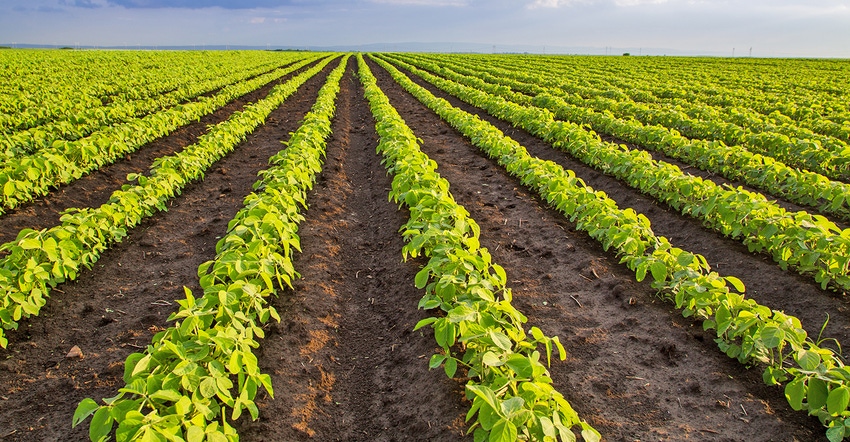March 9, 2017

No one can ever accuse the profession of agriculture, particularly production agriculture, of being boring. In 2017, it will take a lot more than yield to be profitable — it will take strategy.
Many of you are getting ready to put the crop in the ground as you read this, so I offer up the following for consideration.
Develop a strategy
A large number of producers have indicated they have a lot of carryover forage (both haylage and corn silage) from the 2015 and 2016 growing seasons. As a result, many of those farmers are planning on growing soybeans instead of seeding down alfalfa. Even if the late February thaw results in more damage to existing alfalfa stands than we know at this time, farmers are still going to plant more soybean acres than they planted last year.
Anyone who has run a cash corn budget lately knows the results are a slight profit for a few, breakeven for many and potential losses for others. We know we are going to grow corn for our dairies; the importance of corn silage and high-moisture corn is too great. But for those with significant carryover forage, many have indicated soybean acres will increase.
Soybeans are different from corn due to the pricing opportunities that have existed in recent months. Some producers have already chosen to lock in a profit on some of their anticipated acreage.
In the case of cash corn, you are looking at more than $400 in expenses before land rent and operating loan interest have been paid. In the case of soybeans, you are looking at closer to $200 (using a no-till planter and assuming you do not have severe nutrient deficiencies or herbicide-resistant weeds to deal with).
If you harvest an average yield of 40 bushels per acre and locked in a price of $9.25 per bushel, that's $370 in total revenue per acre. While 150-bushel corn at $3.15 per bushel would provide $100 more revenue, the expense before land rent is double that of soybeans.
Of course you have to do your own math, but soybeans seem to be the grain more likely to provide a financial return in 2017 from a cash-crop perspective. However, again, the price received at harvest is going to be the key.
Agriculture has always been about supply and demand — what goes up is likely to come down. One of the things to consider is that many growers have indicated they are planning to plant more beans this year. The March 2017 USDA planting intentions report is not yet available, but here's a link to last year’s report. It would be worth your time to review the new report when it comes out.
Prices can change dramatically from planting time to harvest. If you are one of the many farmers planting additional soybeans that you know you will likely be selling, locking in some early-season price protection may be a strategy to consider. Weather is unpredictable, so it is generally not a good idea to lock in all of your anticipated production. Mother Nature may deliver a less-than-desirable growing season.
If you have considered locking in 20% to 40% of your crop in the past but have never done so, this may be the year to review your production costs and determine if it makes sense. Contact a local brokerage or marketing firm that can provide some insight and answers about the different options available to ensure a profitable return on some of those soybean acres.
Have a safe and productive planting season.
Jarek is the Outagamie County Extension crops, soils and horticulture agent.
About the Author(s)
You May Also Like




